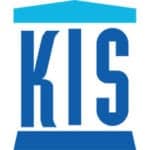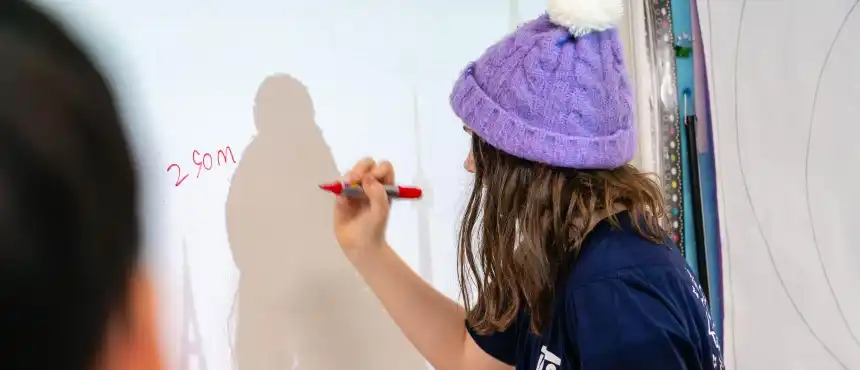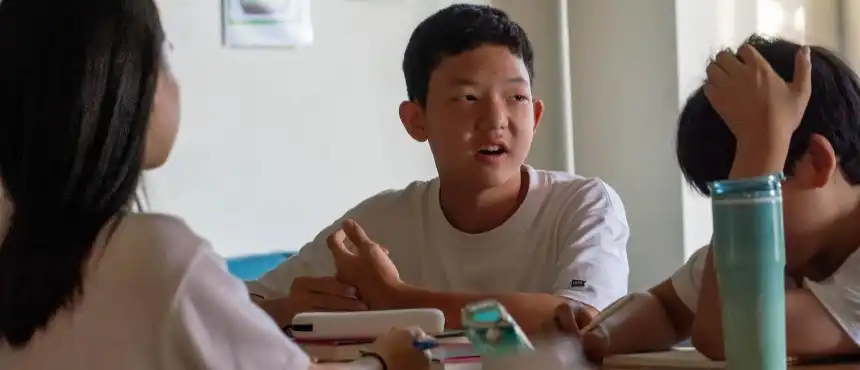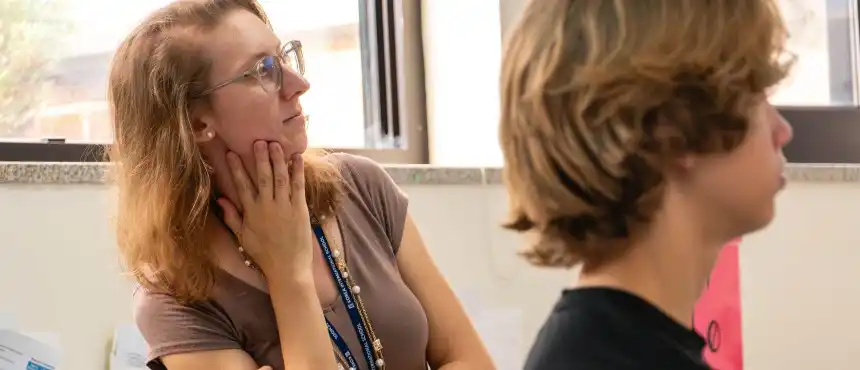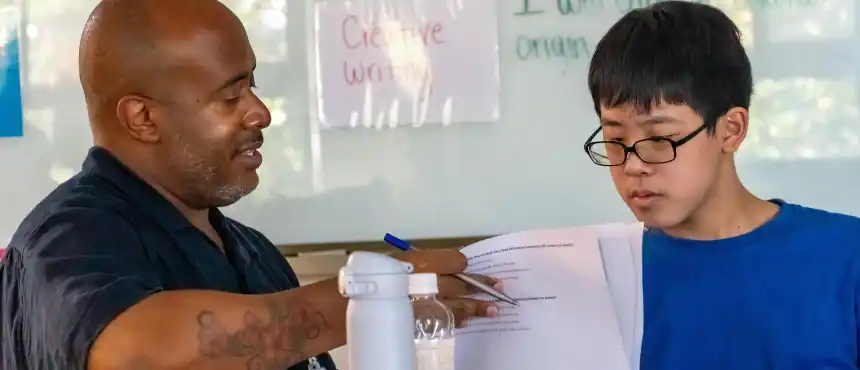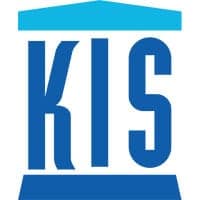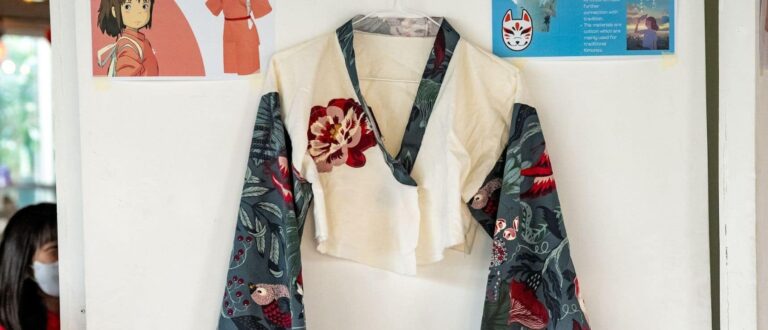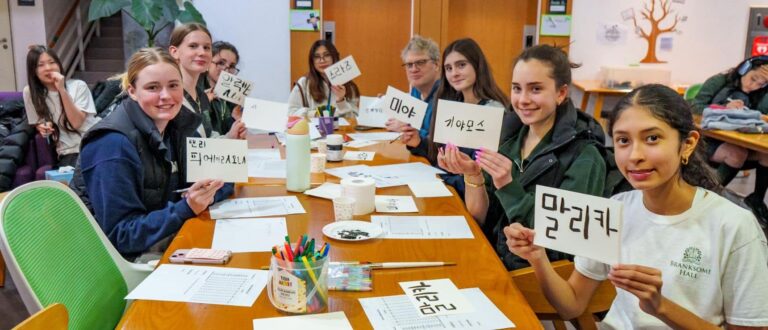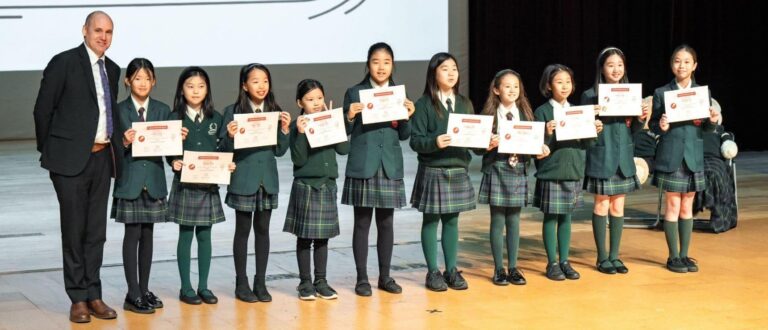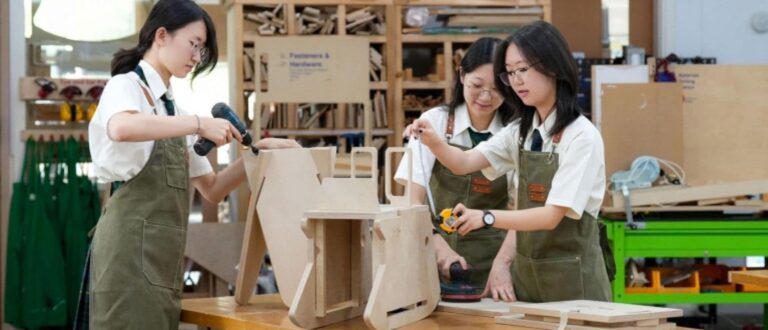Persist. Take risks. Communicate purposefully. Walk into Brittany Leknes’s middle school math classroom and you’ll see those norms displayed – in writing and in practice. “I want my students to see themselves as math people,” Ms. Leknes says. “I want them to feel comfortable and confident as mathematicians.” Clearly stating norms opens a conversation about positive behavior that empowers learning.
This school year, Ms. Leknes started the first class with a challenging math problem. Students mined scoring data from the 2022 summer Olympics. In groups they set standards for sorting the data to determine which country won. The problem required students to communicate with one another, take a risk in choosing a sorting method, and revise their method until satisfied with their solution. For the first few class periods, Ms. Leknes’s students practiced more than math. She offered activities designed to build flexible teamwork and resilience.
“I am so interested in how kids learn and think about things,” Ms. Leknes says. Her middle school colleague Jared Wood agrees. He appreciates the depth of learning that occurs during the middle school years. “Academic rigor builds from sixth to eighth grade,” he says. “I want students to enjoy learning and see their personal progress.”
Mr. Wood teaches eighth grade English language arts (ELA) and creative writing. He likes to jump into the curriculum and build rapport with students as they learn together. He offers guidance and asks questions to encourage student autonomy – and to check that students understand the learning objectives. “ELA skills are transferable across disciplines,” Mr. Wood says. Like Ms. Leknes, Mr. Wood centers behaviors that support learning. As the school year continues, he allows productive struggles such as thinking for yourself before asking a question. He also emphasizes the value of mistakes, normalizing failure as part of growth.
“Middle school students want to feel heard,” Mr. Wood says. Most of his classes open with a writing prompt and time to share. Giving all students a voice helps build the classroom community. “Students realize that they can teach each other,” he says. And when a student develops confidence in their voice, learning conversations become richer.
Both Mr. Wood and Ms. Leknes are in their eleventh year of teaching. Both bring personal connections to their subject areas. Ms. Leknes grew up with a math teacher mother and Mr. Wood has always loved to read. Now both hope to give their students learning experiences that develop skills and build confidence – sparking curiosity along the way.
